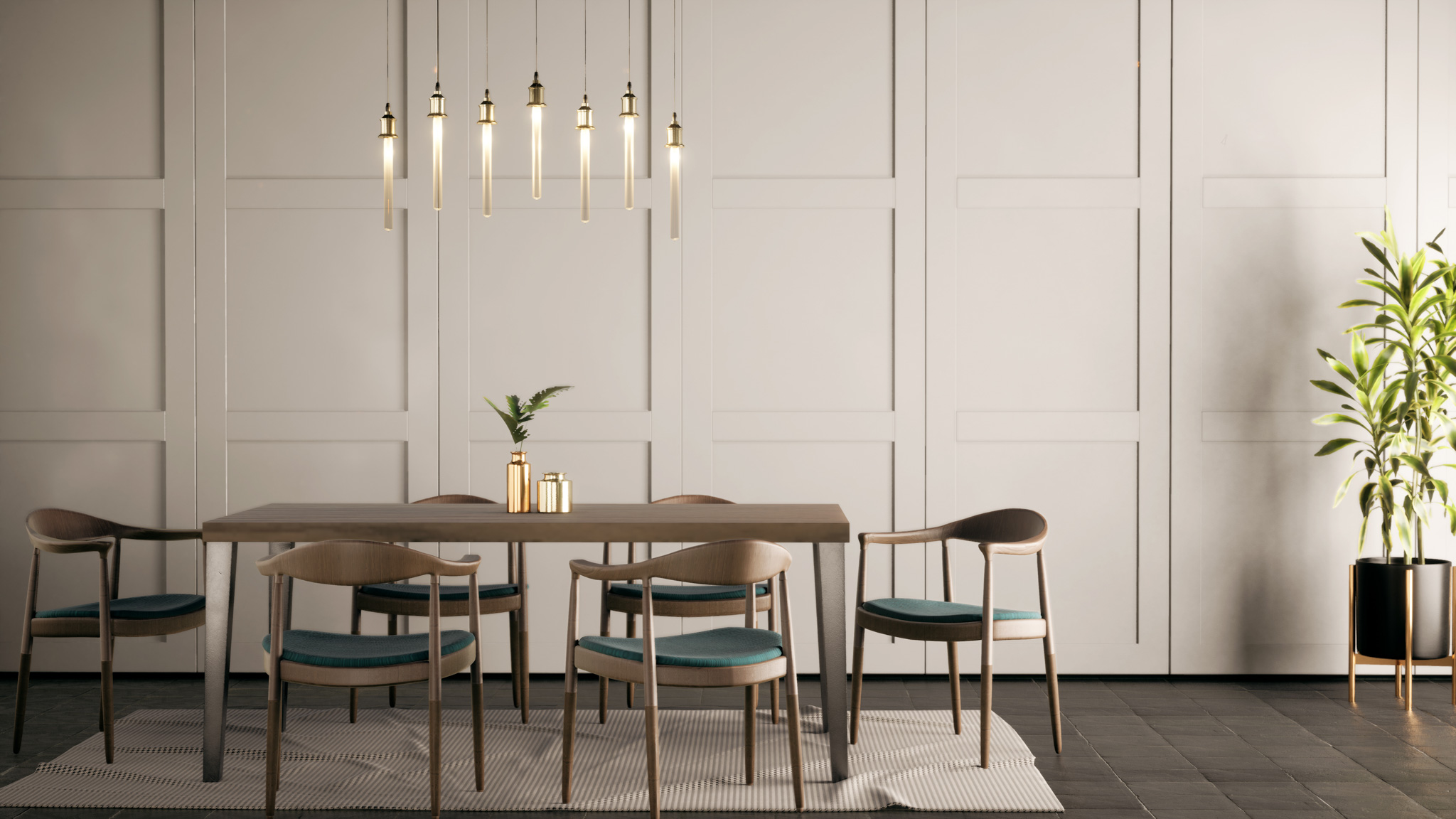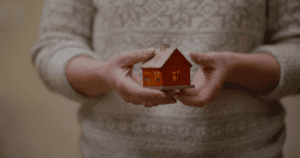When selling a home, first impressions matter—often more than we realize. Home staging is the art and science of preparing a home for sale to maximize its appeal to potential buyers. This process is not just about decorating a house; it’s about creating an environment that allows buyers to envision themselves living there. The psychological principles behind home staging can profoundly impact how a property is perceived and can ultimately influence its sale price and time on the market.
In this article, we will explore the psychology of home staging, the factors that attract buyers, and the techniques that can be used to create an irresistible home environment.
1. The Importance of First Impressions
The concept of “first impressions” is rooted deeply in psychology. When potential buyers walk into a home, their initial reaction is typically formed within the first few seconds. According to research, people often make snap judgments based on visual cues, which are complex to change. Home staging aims to control these first impressions by presenting the home in its best possible light.
Psychologically speaking, the first impression sets the tone for the entire viewing experience. Staged homes allow buyers to see the potential of the space without the distraction of clutter or outdated features. A well-staged home can help shift a buyer’s focus from flaws to the home’s positive attributes. A clean, organized, and aesthetically pleasing home fosters feelings of comfort and safety, which are key emotions that potential buyers associate with a place they might want to call their own.
2. Emotional Connection and Visualization
One of the most powerful psychological tactics in home staging is helping buyers create an emotional connection with the property. People are not just looking for a place to live—they are seeking a place where they can imagine their lives unfolding. Staging helps facilitate this emotional connection by crafting spaces that buyers can envision themselves inhabiting.
For example, placing fresh flowers in a room can evoke warmth and vitality. In contrast, a strategically placed cozy chair by the fireplace can give the impression of a perfect home for relaxation and family gatherings. The idea is to create an atmosphere where buyers can see themselves in everyday situations—cooking dinner, lounging on the couch, or hosting friends and family. These scenarios help buyers emotionally connect with the home, which can make them more likely to move forward with an offer.
The act of visualization is also mighty in this context. Studies have shown that when people can mentally picture themselves in a new space, it can trigger a sense of ownership, which psychologically nudges them closer to making a purchase. Home staging, by enhancing a property’s aesthetic appeal and functionality, helps to create a blank canvas for buyers to project their lifestyles.
3. Color Psychology and Its Impact
Color plays a significant role in how people perceive a space. Choosing the right colors for in-home staging can influence mood, create a sense of space, and even affect the buyer’s decision-making process. Color psychology is an essential tool in this regard. Different colors evoke different emotional responses, and the right combination can make a home feel more inviting, spacious, and desirable.
Neutral colors such as beige, gray, and soft whites are often used in home staging because they create a sense of calm and spaciousness. These colors are universally appealing and allow buyers to more easily imagine their own furnishings in the space. Neutral tones also make a home appear brighter and more prominent, which can be particularly important in smaller or dimly lit properties.
On the other hand, adding accent colors—such as bold blue or deep green—can create focal points and make a room feel more dynamic. These colors can be used in throw pillows, artwork, or even small decor items, drawing attention to key features of the home. However, staging experts often advise avoiding overly bright or loud colors, which may distract buyers or make them uncomfortable.
The goal is to create an environment that appeals to many potential buyers without overwhelming them. In essence, color psychology in home staging is about creating a balanced and harmonious environment that fosters comfort and positivity.
4. Decluttering: Creating a Sense of Space
One of the most important aspects of home staging is decluttering. A cluttered home can make a space feel smaller, chaotic, and less inviting. From a psychological standpoint, clutter can induce stress, overwhelm, and even frustration. Buyers who walk into a cluttered space may struggle to see beyond the mess and imagine the home’s potential.
Decluttering is essential because it makes the space open and airy, making it easier for buyers to imagine how they would use the room. Moreover, a tidy, organized home sends the message that the property has been well cared for, which can increase a buyer’s trust and confidence in its condition.
Home staging typically involves removing personal items such as family photos, knick-knacks, and excessive furniture. This helps create a cleaner, more organized space and allows buyers to envision themselves in the home without being distracted by the current owner’s personal style.
5. Lighting: The Key to Creating Ambience
Lighting is crucial in setting the right mood in a staged home. From a psychological perspective, lighting influences how we feel about a space, as it can evoke different emotions depending on its intensity and warmth. Natural light, in particular, is known to positively affect mood, making rooms feel more extensive, inviting, and pleasant.
Home staging often involves opening curtains or blinds, cleaning windows, and positioning furniture to maximize daylight exposure to enhance the effect of natural light. In cases where natural light is limited, artificial lighting—such as table lamps, floor lamps, or recessed lighting—can help create a warm and inviting atmosphere. The key is ensuring the home is well-lit without being overly bright or harsh.
The psychological effect of lighting is especially relevant when showcasing certain areas of a home. A well-lit kitchen can emphasize its functionality and warmth. At the same time, a dimly lit bedroom might feel less appealing or cozy. By strategically using light, home staging can emphasize a property’s best features and downplay less desirable aspects.
6. Appealing to the Senses
Home staging is not just about visual appeal—it’s also about engaging all of the senses. Studies show that buyers who experience a home with multiple senses are more likely to form an emotional connection with the space. For example, light fragrances, such as fresh-baked cookies or a subtle floral scent, can evoke comfort and hominess. Soft, luxurious fabrics, such as plush throw blankets and cushions, can create a tactile experience that makes the space feel inviting and relaxing.
Sound also plays a role in creating the right atmosphere. Subtle background music, such as instrumental or classical, can create a calm and peaceful ambiance during a home tour. Similarly, the sound of water from a fountain or a gentle breeze through an open window can evoke serenity and tranquility, making the home feel more welcoming.
Conclusion
The psychology of home staging is a powerful tool for sellers looking to attract buyers and close the deal quickly. Home staging can increase the likelihood of a successful sale by appealing to a buyer’s emotions, helping them visualize themselves in the space, and creating an inviting and harmonious environment. From the strategic use of color and lighting to decluttering and engaging the senses, each element plays a role in creating a home that resonates with potential buyers. Ultimately, a well-staged home is more than just a property—it becomes a place where buyers can see themselves living, making it an irresistible opportunity they won’t want to pass up.
Learn More About Our Real Estate Services and How We Can Help You Buy or Sell Your Home
Let me know if you need links for specific sections or pages on the website!
Thank you for reading! If you enjoyed this article and want to explore more content on similar topics, check out our other blogs at Sonic Loans, Sonic Realty, and Sonic Title. We have a wealth of information designed to help you navigate the world of real estate and finance. Happy reading!
Zoning: What It Is and How It Affects Your Property Rights
Will Realty Income Cut Dividend? Understanding the Factors at Play
Why Do Property Taxes Go Up?
Who Owes a Fiduciary Duty in Real Estate and What Does That Mean for Your Transaction?
What to Look for in a Real Estate Agent in Canton
What to Know About Filing a Property Tax Appeal
What to Expect at Closing in Dearborn, MI
What is a Townhome?
What Is a Tiny House? 12 Surprising Facts









